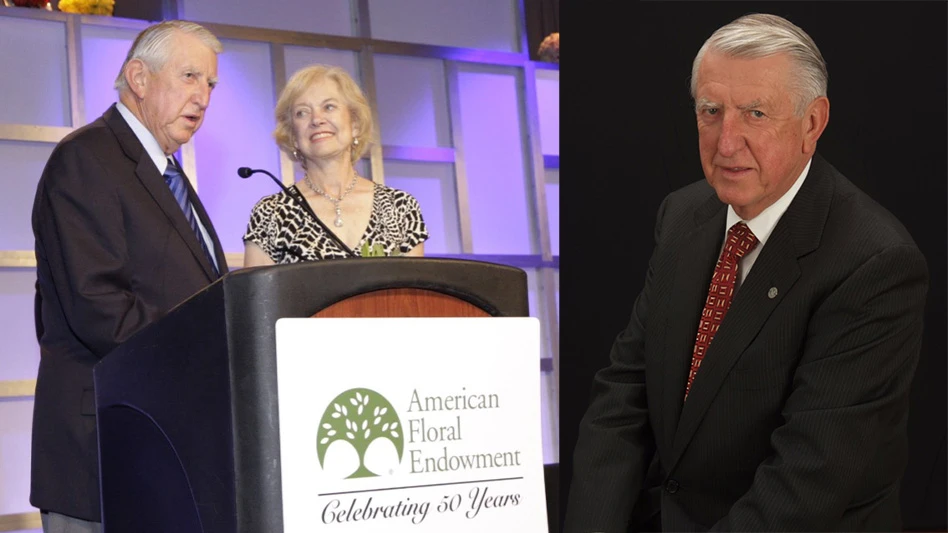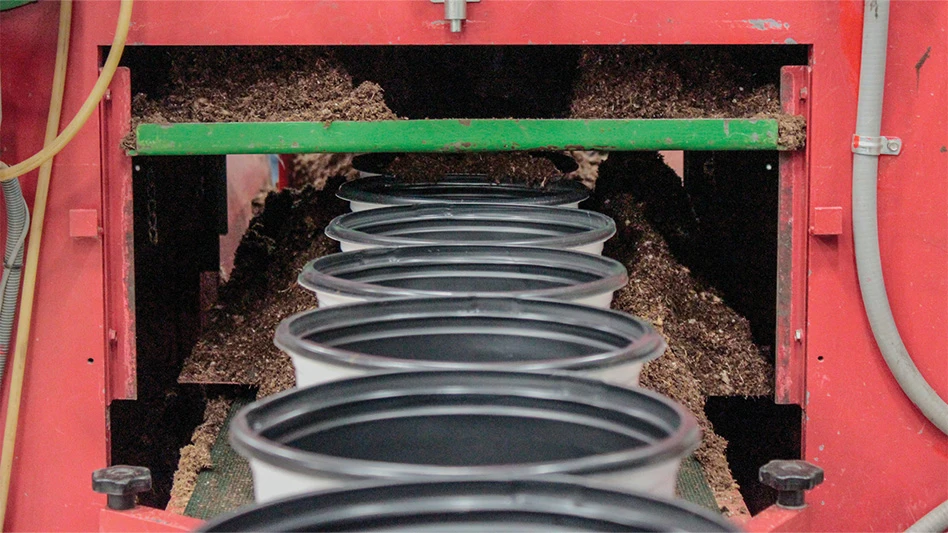
The plant-buying boom of 2020 drove customers to IGCs all over North America, but what was the motivation behind the gardening craze? Professor Bridget Behe, Department of Horticulture, Michigan State University, dug into the trends, surveying both those who did and did not buy plants from July 15 to Aug. 21, 2020. Funded by the Horticultural Research Institute, the research project compared results from 1,211 Generation Z, Millennials and Baby Boomers, to see what drove their purchases.
What compelled consumers to garden was not as much about the end product as much as it was about higher motivations such as connecting with others, staving off boredom and improving health, the study found.
“Plants have become a safe haven for people looking to improve their health in different ways,” Behe said.
Exploring the motivators of boredom, food security, home renovations and social connections, Behe explored how each motivation affected the three different generations among those who did and did not purchase plants.
Grow your own
Before the advent of COVID, there was a growing trend in cultivating your own food now for “food independence as well as increased interest in plant-based diets. That movement took off during the pandemic. “We need to think about helping people have control by growing fresh fruits, vegetables, herbs,” Behe said. “It’s about the perception of control. It’s probably not enough tomatoes to feed your family but it gives people a sense of control.”
Even more powerful than the plant-based diet trend and food independence is the local movement, Behe said — even more powerful than the organic movement. So backyard farming can not only help gardeners feel more control over their diets, but also give them feel the satisfaction of feeding their own families right from their own backyards with great flavor and great nutrition.
And that’s where IGCs can really differentiate from the big box stores. While consumers can buy vegetable and herb plants from big-box stores, only garden centers will help gardeners be successful all the way through to the harvest. For example, a big-box store isn’t going to help customers with their blossom end rot.
“You can’t stop with the plant sale; you have to get them to the plate,” Behe said. And to help customers get their produce on the plate, be the conversation-starter to help gardeners figure out what to do with their bumper zucchini crop or ask what they’re doing with their garden produce.
And when marketing, she suggested IGCs stop using so many plant images and instead, use images of people who represent their demographics. “Show people enjoying the same plants you have,” Behe said.
Home renovations
Among those who spent some of the pandemic on home renovation projects, there were high scores on buying both edible and ornamental plants. These were generally Gen Z and millennial customers looking for home improvements, as well as online shoppers.
Some great opportunities and messaging for those renovators could be:
- Container combinations can be living art. It’s more than a container of plants.
- Suggest the opportunity to cross botanical lines. Put a flowering shrub in a pot or integrate herbs, flowers and edibles all together.
- Renovate and help the environment by growing some pollinator food along with food for your family.
- Change things up with portable mixed containers that can be rotated for different options
The social benefits of plants
As health took the forefront of concerns during COVID, so did gardening. Plants can be a part of the way you take care of yourself whether it’s physical, emotional, mental or social. Millennials responded positively especially to the social aspect of plants but also to the psychological, educational, emotional and physiological aspects of interacting with plants. That social connection wasn’t happening in person at the time, but online.
“It’s not about our customer base. It’s about our community,” Behe said. “I don’t see this connection online diminishing. We need to keep them engaged and keep the train moving down the track.”
Latest from Greenhouse Management
- The HC Companies, Classic Home & Garden merge as Growscape
- Eason Horticultural Resources will now officially be known as EHR
- BioWorks receives EPA approval for new biological insecticide for thrips, aphids, whiteflies
- ScottsMiracle-Gro transfers cannabis subsidiary to focus on core lawn and garden business
- Ellen Mackenbach-Lakeman appointed new CEO of Dümmen Orange
- Southern Garden Tour sets 2025 dates for trial garden open houses
- Belgian thermal screen manufacturer Phormium launches Noctis Thermo
- New book explores plants that thrive in Rocky Mountains





